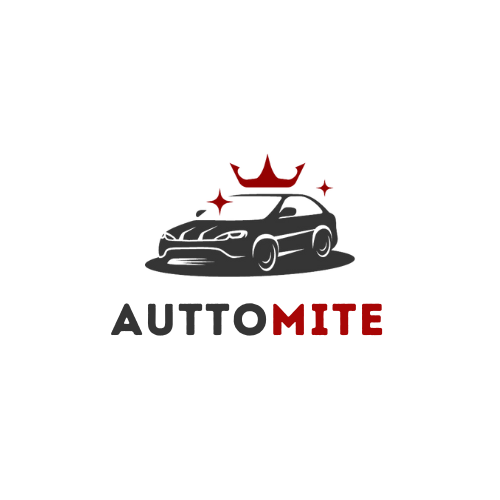The best & worst Ford Edge years to help you make an informed decision. With its sleek design, impressive performance, and versatile features, the Ford Edge has been popular among SUV enthusiasts since its debut.
Not all model years are equal, from powerhouse engines to innovative safety upgrades. Each model year stacks up against the competition while providing valuable insights to aid your journey.
Ford Edge Generations
The Ford Edge has evolved significantly through its generations, each one introducing new technologies and design updates that cater to evolving consumer demands.
The first generation, introduced in 2007, set the bar for midsize SUVs with its modern styling and spacious interior.
As the second generation entered the scene in 2015, Ford took a bold step forward with advanced driver-assist features and a refined exterior that captured attention on the road.
| Generation | Best Years |
| 1st generation (U387) | 2007-2014 |
| 2nd generation (CD4) | 2015-Present |
Best & Worst Ford Edge Years
The Ford Edge has seen various successes and challenges throughout its production years. The best years for the Ford Edge are often considered with robust and advanced performance technology features and overall reliability.
These years have garnered positive and negative feedback on a balance of power, fuel efficiency, and interior comfort, making them popular choices among consumers.
While some owners report minimal maintenance issues and solid performance, others have experienced more frequent repairs and higher annual maintenance costs.
According to JD Power, Kelley Blue Book (KBB), VehicleHistory, and Cars.com, owner ratings on Ford Edge receive rave reviews for its spacious interior, making it one of the best years for this crossover SUV.
The following chart displays the aggregate ratings from the previously referenced sources.

Below is a breakdown of our classifications for the best, average, and worst years of the Ford Edge.
| Generation | Best Years | Neutral Years | Worst Years |
| 1st generation (U387) | 2009 2010 2014 | 2008 | 2007 2011 2012 2013 |
| 2nd generation (CD4) | 2019 2020 2022 2023 2024 | 2018 | 2015 2016 2017 2021 |
What is the Ford Edge Reliability?
The Ford Edge has a reliability rating of 3.5 out of 5.0, placing it in the middle of the pack for midsize SUVs according to repairpal.com. While this rating is decent, it’s important to note that reliability can vary depending on individual vehicle history and maintenance.
The Ford Edge is known for its comfortable ride, spacious interior, and solid performance, making it a popular choice among SUV buyers.
Worst & Best Ford Edge Years 1st Generation (2007-2014)
The first generation Ford Edge, produced from 2007 to 2014, experienced highs and lows during its run.
Best Years for Ford Edge: 2009, 2010, 2014
2009, 2010, and 2014 were remarkable for the Ford Edge, showcasing significant design, technology, and performance advancements.
In 2009, Ford introduced the redesigned Edge with a bold new look and improved fuel efficiency. The interior was upgraded with innovative features like a SYNC voice-activated system and impressive cargo space.
2010 was the best year for Ford Edge, marking a significant evolution for the popular crossover SUV. Its sleek design and impressive performance quickly became a favorite among critics and consumers.
With its spacious interior and smooth ride quality, the 2010 Ford Edge was well-equipped to handle long road trips or daily commutes equally easily. The 2014 Ford Edge quickly gained popularity among car enthusiasts and families alike.
The vehicle’s spacious interior, advanced technology features, and comfortable ride quality stood out from competitors, setting a new standard for what an SUV could offer.
Neutral Years: 2008
The Neutral Years of 2008 marked a challenging period for the Ford Edge, as it confronted various issues that impacted its performance and reputation.
The transmission failure experienced by some owners led to erratic shifting and potential safety hazards. Reports of electrical malfunctions and inconsistent power steering further tarnished the vehicle’s image during this period.
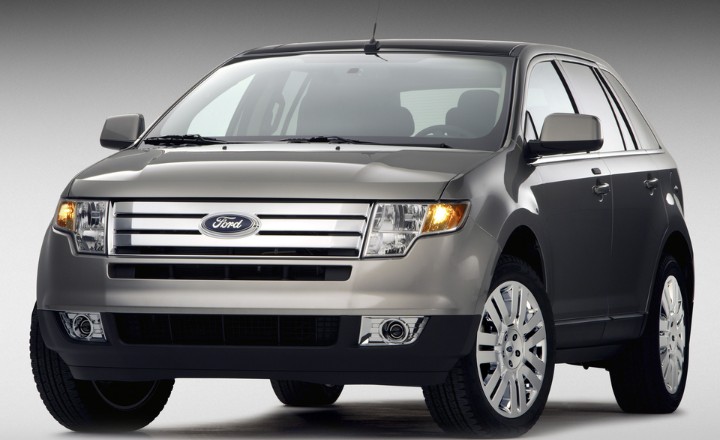
These challenges posed significant setbacks for the Ford Edge in 2008 but also served as catalysts for improvement and innovation.
The struggles faced by the vehicle prompted Ford to reevaluate their engineering and manufacturing processes, resulting in enhanced quality control measures for subsequent models.
Ford Edge Years to Avoid: 2007, 2011, 2012, 2013
Certain model years of specific vehicles have gained notoriety for their shortcomings, and sadly, the 2007, 2011, 2012, and 2013 Ford Edge years to avoid were particularly challenging.
Many issues, including faulty electronic systems, electrical system failures, engine overheating, and widespread complaints about engine stalling, marred the 2013 model year.
The lackluster performance in crucial areas such as reliability and safety has made these particular years ones to avoid when considering a Ford Edge purchase.
The year 2011 facelift offered little solace as numerous complaints poured in about the faulty door-ajar sensor, causing immense frustration among drivers and tarnishing the vehicle’s reputation.

2012 was a tumultuous time for Ford Edge owners, particularly those with the 2.0L engine variant. The looming threat of fuel leaks cast a dark shadow over the driving experience, raising concerns about safety and reliability.
The potential for such leaks posed a danger to occupants and flagged maintenance and repair costs that could strain the finances of affected individuals.
2007 was challenging, with a surge in NHTSA-reported owner complaints about various critical components.
Electrical issues, such as malfunctioning power locks and windows, were among the top concerns, leaving many drivers frustrated with unreliable vehicle operation.
Engine and transmission problems further compounded the woes, with reports of stalling, rough shifting, and loss of power hogging the limelight.
Best and Worst Years for Ford Edge 2nd Generation (2015-Present)
The 2nd generation Ford Edge, from 2015 to the present, has seen both its best and worst years in terms of customer satisfaction.
Best Years for Ford Edge: 2019, 2020, 2022, 2023, 2024
The 2019, 2020, 2022, 2023, and 2024 were significant for the Ford Edge best years as it continued to carve its place in the competitive midsize SUV segment.
The 2019 and 2020 Ford Edge were impressed with its refined interior and advanced technology features like the SYNC3 infotainment system and Ford Co-Pilot360 safety suite.
The following year saw a refreshed design and performance options, solidifying the Edge’s status as a top contender.
Moving into 2022 and 2023, Ford introduced an exciting hybrid model of the Edge, showcasing its commitment to eco-friendly mobility without compromising power or capability.
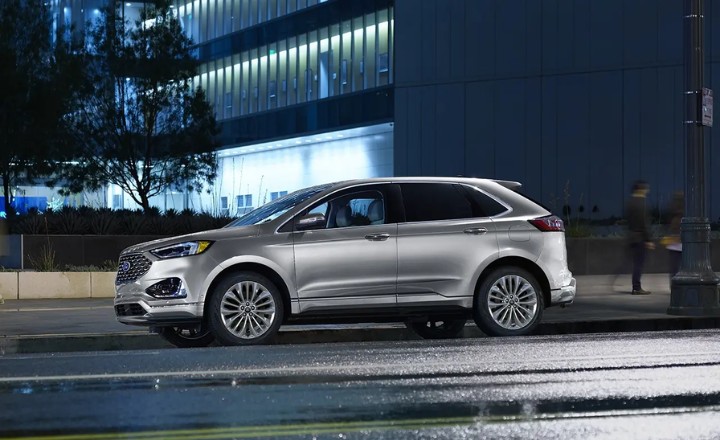
As demand for electric vehicles grew in 2023, Ford responded with an all-electric version of the Edge that captivated buyers with its emissions-free driving experience.
In 2024, Ford’s continuous innovation was evident as they integrated autonomous driving features into the Edge, redefining convenience and safety standards for SUVs.
In 2024, the Ford Edge continued to build upon its storied legacy by showcasing significant improvements in fuel efficiency that set it apart from its predecessors.
With impressive numbers like 15 mpg for city driving and 31 mpg for highway driving, the Edge proved to be a top contender in the crossover SUV market.
Neutral Years: 2018
In 2018, Ford Edge encountered a period of neutrality regarding its engine options and refined interior. The lacklustre lineup of engine choices left customers wanting more in terms of performance and fuel efficiency.
Without a compelling hybrid option or turbocharged engine, the Ford Edge fell behind competitors in the SUV market.
The interior boasted high-quality materials, but the design and overall refinement failed to meet the expectations set by other luxury SUVs in its class.
Ford Edge years to Avoid: 2015, 2016, 2017, 2021
The Ford Edge faced some setbacks in these years, impacting its overall performance and relevance in the market.
Recalls, engine problems, transmission issues, poor fuel economy, and lacklustre performance tainted the once-solid reputation of this midsize SUV.
The 2015 Ford Edge was a bumpy ride for many drivers as it grappled with serious engine issues that left them stranded and frustrated.
The frequent reports of coolant leaking into the cylinders highlighted a significant flaw in the vehicle’s design, leading to costly repair bills and complete engine failure.
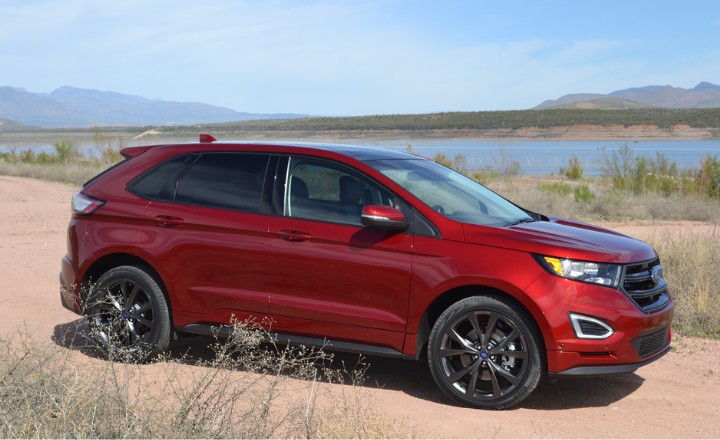
The steering and brake issues that plagued the 2016 Ford Edge undoubtedly took a toll on its standing in the market.
With complaints from customers about faulty power steering and unpredictable brake behaviour, these problems further tarnished the car’s reputation for reliability and safety.
Even with recalls and attempted fixes, the 2017 model continued to face scrutiny, while the issues extended into the following year, with slight improvement seen in the 2021 Ford Edge models.
Ford Edge Average Resale Values
The Ford Edge has managed to maintain strong average resale values over the years, making it a solid choice for those in the market for a reliable midsize SUV.
With its sleek styling, advanced technology features, and practicality, the Edge holds its value well compared to other vehicles in its class.
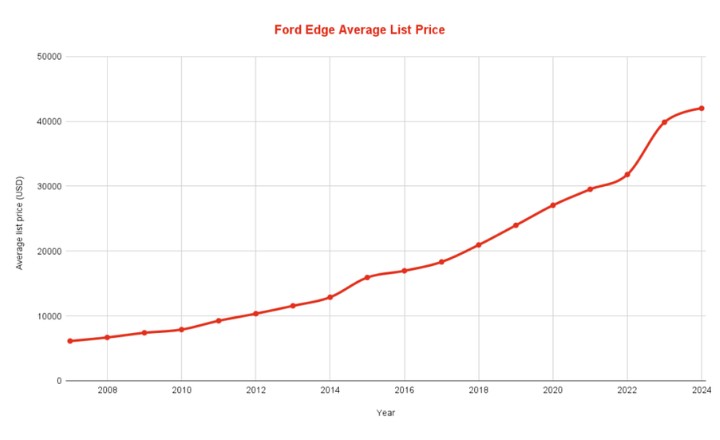
This can be attributed to Ford’s reputation for producing durable and long-lasting vehicles that can retain their appeal in the used car market.
Conclusion
The Ford Edge has seen its fair share of ups and downs. While some model years have excelled in features, others still need to catch up in one or more of these aspects.
The best & worst Ford Edge years offer various like best years provides a combination of advanced technology, safety features, and robust engine options. The worst years may have faced transmission problems or lacklustre interior quality issues.
